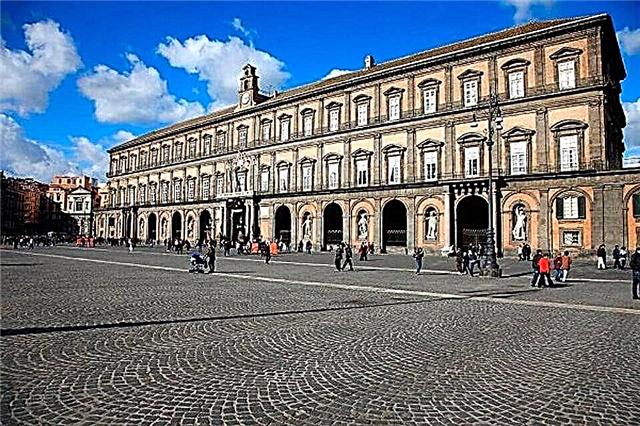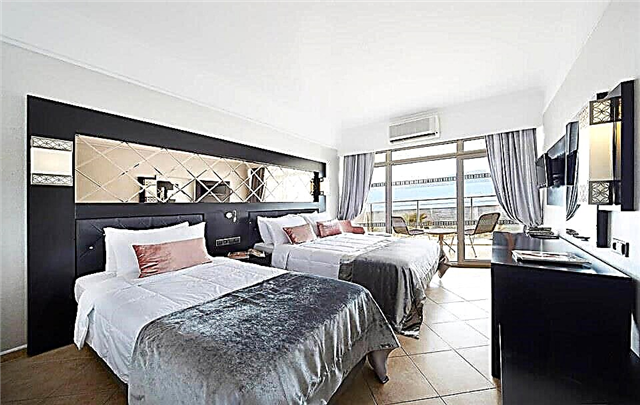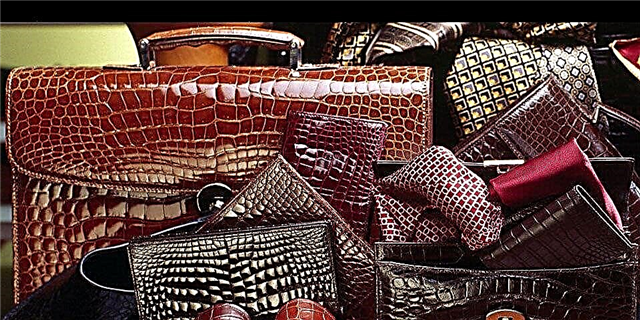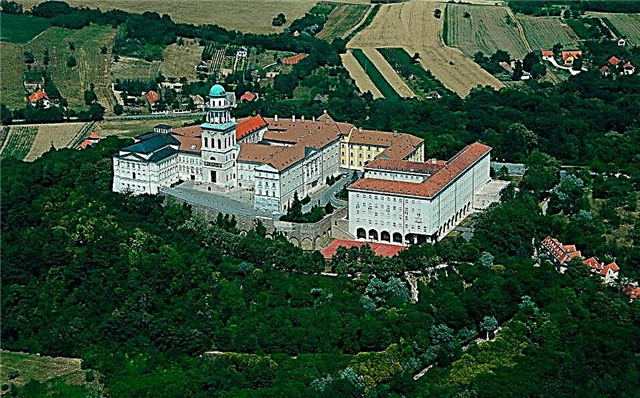Picturesque Siena is one of the most beautiful cities in Italy. It is located in the blessed land of Tuscany, a unique gastronomic region, where many of the delicacies of Italian cuisine and dozens of excellent wines come from. Siena is surrounded by fertile landscapes, which for their exclusivity have been taken under the protection of UNESCO.
Streets, squares, palazzo and ancient temples of the city are a centuries-old history frozen in stone. The Palio horse races have been held in Siena since the Middle Ages. Until now, they follow a ritual established several centuries ago. This event annually attracts a huge number of tourists to the city, who fill the entire free space of Piazza del Campo.
An excursion to Siena is included in most of the tourist itineraries along which "package travelers" are taken. Independent tourists are also happy to come to this amazing island of the Middle Ages, which has retained its unique flavor.

The best hotels and hotels at affordable prices.
from 500 rubles / day
What to see and where to go in Siena?
The most interesting and beautiful places for walking. Photos and a short description.
Piazza del Campo
The central square of Siena, where the facades of luxurious palazzo and mansions look out. In the northwestern part of the piazza, there is the marble Fountain of Joy (Fonte Gaia), created at the beginning of the 15th century. The place has become famous for the Palio horse races, which are held here every year. Piazza del Campo is considered one of the most beautiful squares in Europe.

Siena Palio
Traditional horse races that are held annually in Siena on 2 July and 16 August. The history of the competition goes back to the 16th century, when the inhabitants of the city invented a new holiday for themselves instead of the forbidden bullfight. Each district (contrada) of Siena exhibits its own jockey on the Palio. The process of choosing a rider is accompanied by colorful rituals that have not changed since the Middle Ages.

Palazzo Pubblico and Torre del Mangia Tower
The palace in Piazza del Campo, built in the XIII-XIV centuries especially for the meetings of the republican government of Siena. The building was built in the best traditions of medieval architecture in Italy with some emphasis on the Gothic style. Next to the palazzo rises the Torre del Mangia - a bell tower 102 meters high, crowned with a covered marble gallery.

Fountain of Joy
The fountain adorned the Piazza del Campo in 1419. The sculptor J. della Quercia worked on its creation. Fonte Gaia is made in the form of a pool, into which water flows from the jaws of marble wolves and lions located along the perimeter (these animals are the symbol of Siena). Magnificent sculptures are placed in the arched niches of the walls. The originals of these statues are now in the Palazzo Pubblico Museum. At the fountain, tourists can only see copies.

Siena cathedral
A solemn temple of Gothic architecture, erected in the period 1215-1263. Famous Niccolo and Giovanni Pisano worked on its creation. Separate works continued until the XIV century under the supervision of various architects. The facade and interior of the building are finished in white, black and red marble. Inside the cathedral are the statue of John the Baptist by Donatello and the pulpit by N. Pisano.

Piccolomini Library
The library is located on the territory of Siena Cathedral in halls painted with frescoes from the beginning of the 16th century by the painter B. di Betto, better known as Pinturicchio. These images are of great cultural value, as is the Roman sculpture of the 4th century, located on one of the walls. The book depository was created in 1492 at the request of Cardinal F. Piccolomini Todeskini to house the collection of books of Pope Pius II.

Baptistery of Saint John
The baptistery is part of the architectural complex of the Siena Cathedral. It was erected in the years 1316-1325. designed by C. di Crescentino in the Italian Gothic style. The famous sculptors of the Renaissance - Donatello, L. Ghierti, G. di Nerocchio, D. di Turino, J. The walls of the baptistery are painted by the hand of L. di Pietro (known as Vecchietta).

Opera del Duomo
Museum of 1869, located in the Cathedral of Siena. The exposition occupies several rooms in the right nave. The extensive museum collection consists of marble sculptures by L. Pisano, J. della Quercia, D. Martini and other masters, as well as works by Renaissance and late Baroque painters. It also houses Donatello's famous work Madonna del Perdono.

Siena City Museum
The exposition of the museum is located on the first floor of the Palazzo Pubblico. It consists of works of art created by craftsmen and artisans mainly in the period of the XIV-XVI centuries. In the museum, you can see collections of ceramics, weapons, coins, jewelry and sculptures. The walls of the halls in which the exposition is located are decorated with skillful frescoes by A. Lorenzetti. Previously, the city council met in these premises.

House of Saint Catherine
Saint Catherine of Siena was a religious and political figure, as well as a talented writer. Her works contributed to the formation of the literary Italian language. She was canonized in the 15th century, and in the 19th century she was declared the patroness of Italy along with Francis of Assisi. In the old house of the XIV century, where the saint's family lived, a sanctuary was organized, which quickly turned into a pilgrimage center.

Museum complex of Santa Maria della Scala
During the Middle Ages, Santa Maria della Scala was known as one of the largest hospitals in Europe. Here they gave shelter to pilgrims, wanderers, provided assistance to street children and disadvantaged citizens. The main façade of the complex faces the Piazza del Campo. Today, it houses the Archaeological Museum, the Briganti Library, the Center for Contemporary Art and the Children's Art Museum.

National Pinakothek
An art gallery that occupies the buildings of Palazzo Buonsignori and Palazzo Brigidi. Her collection consists of works by Italian masters from the Middle Ages and the Renaissance, as well as works from later periods up to the end of the 18th century. In the 1970s, the exposition was replenished with works by Flemish and German painters. In addition to painting, sculpture is exhibited in the Pinakothek.

Basilica of San Domenico
Temple of the Dominican Order, built in the 13th century. The structure looks more like an impregnable fortress with massive walls and narrow loophole windows than a place where people come to pray and ask God for help. The fact is that during its construction, the likelihood of a military clash with the neighboring Florentine republic was taken into account. In the event of war, the basilica could hide and withstand the siege.

Basilica of San Francesco
A 13th century temple that belonged to a Franciscan monastery. The facade and the right wing of the building retained the features of the Romanesque style, the rest of the parts are made in the later style of the Italian Gothic. In 1655, there was a devastating fire that destroyed the basilica's magnificent baroque interiors. After the restoration, the interior was given a more modest look.

Church of Santa Maria dei Servi
A 15th century temple, originally built in the Gothic style and subsequently rebuilt several times in accordance with more modern architectural norms. The last reconstruction of the church was carried out in the XX century. The interior of Santa Maria dei Servi is painted with frescoes depicting the lives of the apostles-evangelists and episodes from the life of John the Baptist.

Palazzo Chigi-Saracini
The palace was commissioned by the noble Mariscotti family in the 12th century. In the following centuries, the building changed owners several times. Each new family decorated the building according to their ideas of beauty. The last owner of the palazzo was Count Chigi-Saracini, who in 1932 established a music academy on the territory of the palace, which later became famous throughout the world.

Medici fortress
The defensive structure was built in the 16th century, when the history of the Siena Republic was already drawing to a close. Lateral pentagonal bastions are located along the edges of its powerful fortress walls. Over time, the fort lost its military significance and was disarmed, and a picturesque city garden was laid out around the walls. Today, the fort houses a library, audio archive, wine cellar and the office of the Jazz Association.

Fontebrand
Fontebranda is a fountain located on the site of an ancient source of fresh water. Its streams alternately flow into three bowls. From the first, people quenched their thirst, the second was used to water animals, the third - for washing clothes and other household needs. A pavilion was built here in the 13th century. The fountain is located on the territory of the city district of the same name.

Siena Botanical Garden
The history of the garden began in the 16th century with a pharmaceutical garden at the University of Siena. In the 18th century, exotic plant species began to be cultivated here. Over time, the area was not enough, and in the 19th century the plantings were moved to the place where they are still located. The territory of the garden is divided into landscaped areas - a rock garden, a fern forest, agricultural land, tropical greenhouses.
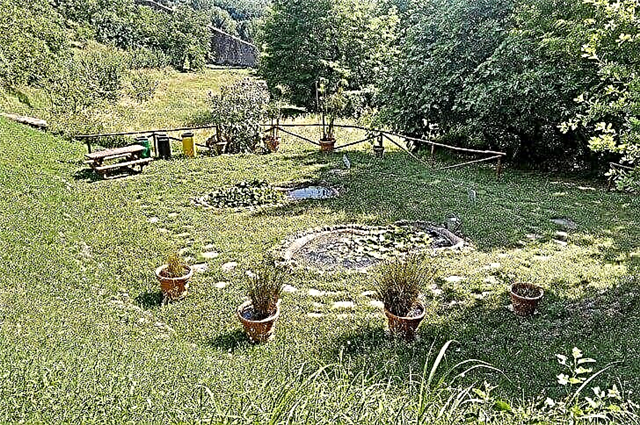
Val d'Orcia cultural landscape
Agricultural land and natural landscapes of the Italian province of Tuscany, located in the vicinity of Siena. This picturesque and fertile valley is listed as a UNESCO World Heritage Site. Val d'Orcia is made up of well-tended vineyards, cultivated fields, cypress groves and green hills, among which are numerous farms and small private estates.



